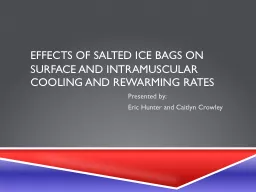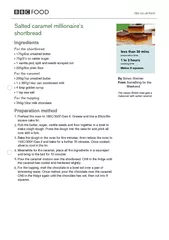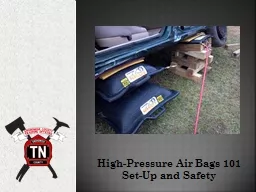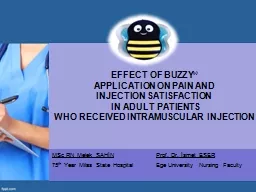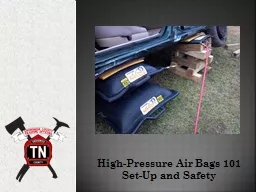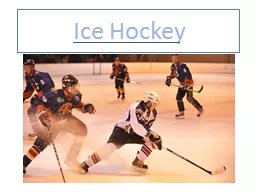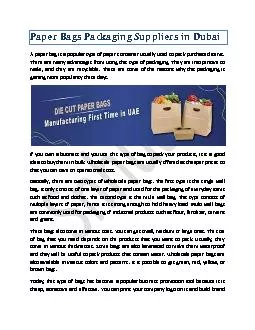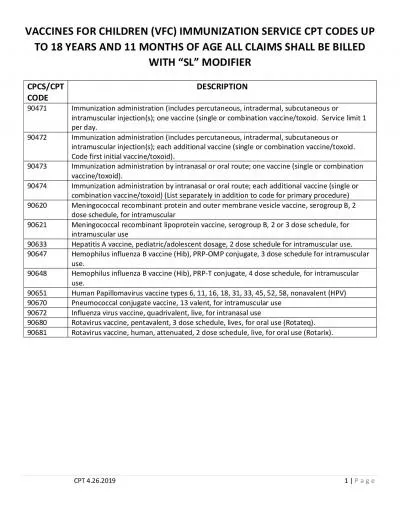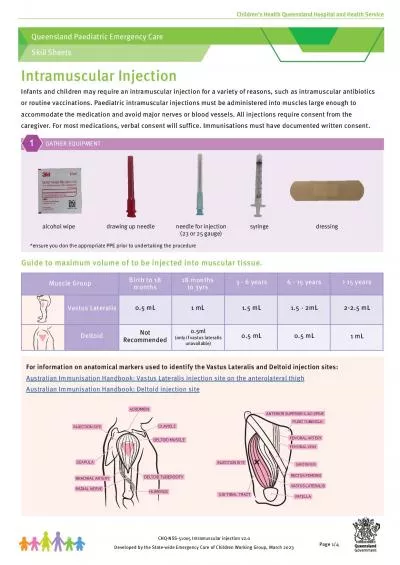PPT-Effects of Salted ice bags on surface and intramuscular coo
Author : debby-jeon | Published Date : 2016-07-07
Presented by Eric Hunter and Caitlyn Crowley Literature review Cryotherapy is used among healthcare providers to treat acute injuries by reducing pain and limiting
Presentation Embed Code
Download Presentation
Download Presentation The PPT/PDF document "Effects of Salted ice bags on surface an..." is the property of its rightful owner. Permission is granted to download and print the materials on this website for personal, non-commercial use only, and to display it on your personal computer provided you do not modify the materials and that you retain all copyright notices contained in the materials. By downloading content from our website, you accept the terms of this agreement.
Effects of Salted ice bags on surface and intramuscular coo: Transcript
Download Rules Of Document
"Effects of Salted ice bags on surface and intramuscular coo"The content belongs to its owner. You may download and print it for personal use, without modification, and keep all copyright notices. By downloading, you agree to these terms.
Related Documents

